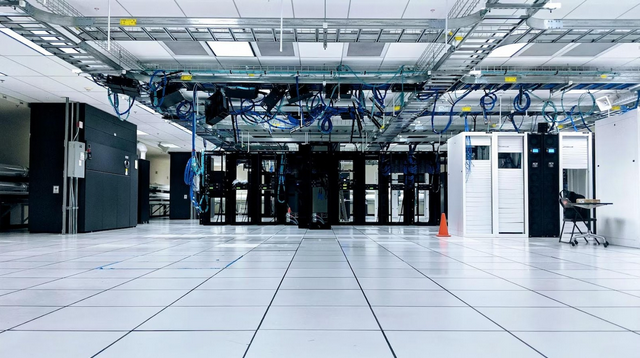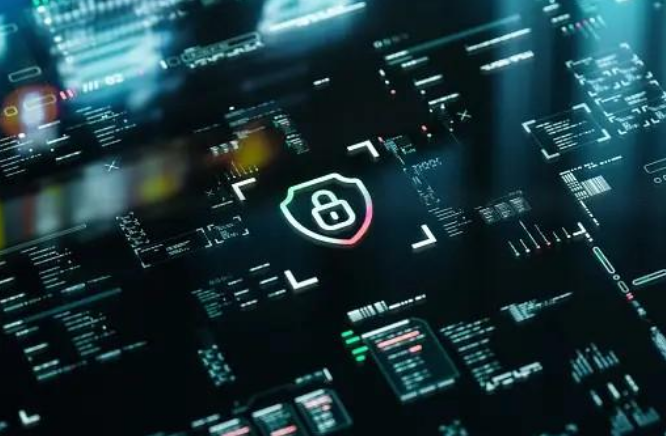Infrastructure security is a pretty big deal for most organizations. Last year, data breaches and ransomware attacks cost organizations an average of 4.35 million dollars each in a single successful attack. With every organization utilizing the cloud, the internet, and smart devices in some way, it’s become a valuable target for hackers in recent years. Companies must have strong infrastructure security protocols in place, along with a comprehensive employee education policy to ensure they’re prepared for these threats. Mitigating these risks requires a strong infrastructure security program that can address some of the most common infrastructure security problems.
Network Security
Network security is an essential aspect (or key component, if you prefer) of infrastructure security at an organization. Network devices—firewalls, switches, storage areas, multimedia, and more—are usually significant targets for attackers. This is largely because traffic/data (both that of customers and the organization) moves through a network and can be easily compromised by an attacker looking to cause some damage. A large part of network security involves installing firewalls, using antivirus software, creating identity and access management control, and monitoring a network for suspicious activity. Companies should also create usage statements and tightly manage network security throughout their organization.
Endpoint Security
Endpoint security is all about protecting individual devices. Plenty of unique types of devices can potentially connect to a company’s network (and share its data). Laptops, desktop computers, smartphones, tablets, and pretty much any device that accesses your network can be considered an endpoint. Securing endpoints prevents cyber attacks by not giving criminals anywhere to intrude. Whether it’s using antivirus software, a firewall, encryption, or a fancy intrusion detection system, spending some time on endpoint security can help you keep your endpoints safe. You should also enforce device management policies, especially if your employees work remotely.
Data Security
Data is Big Business these days. People buy and sell data all the time. Companies are constantly collecting it. And your organization uses it in some manner to help your customers and run its daily operations. That means it’s extremely crucial for any organization to manage their data securely. This is especially true if your organization handles sensitive information. Customer data, intellectual property, financial records, personal details, other sensitive data can all be compromised in the event of a breach. Data breaches lead to a lot of problems for a company too. Whether it’s financial, reputational, or operational, data breach is bad news. Implementing strong access controls, using regular backups, and using Infrastructure security software can help you keep data safe while maintaining more control over your cybersecurity.

Access Control and Authentication
To truly secure their cybersecurity infrastructure, every company should have identity and access management systems in place at the organization. That means strong access control, authentication, high quality passwords, and restricting privileges should be a big part of running your daily operations. Whether it’s implementing strong password policies—such as using a combination of capital letters, lowercase letters, numbers, and symbols, utilizing the ever-popular multi-factor authentication, or even adopting a zero trust security policy, there’s a way to tightly restrict access. In addition to IAM controls, companies should also regularly audit user access and ensure the permissions are only granted to those who actually need them for vital work functions. There should also be a system of managing and revoking access if needed, especially if a company goes out of business, users change rules, or somebody leaves the company and exposes their data to the world at large.
Physical Security Measures
Although a large part of network security involves security in the cloud, monitoring your network, using firewalls/security software, and other procedures involving computers, there is one area that does tend to get overlooked: physical security. Physical security means securing your own premises hardware in addition to your software. That means several rooms and data centers should also have type access controls. Sensitive areas should not be available to just anyone, and every facility should have some kind of surveillance within them. A system of alarms and cameras can be ideal for physical security. Organizations should also have disaster recovery plans in place to ensure continuing operations in the event of a natural disaster, physical threat, or other compromising event. Making regular backups and keeping one on a physical device is also a good security practice. Infrastructure security is a critical aspect of any organization’s security strategy, and focusing on mitigation procedures is essential to preventing data breaches, protecting the company’s reputation, and protecting its customers’ data.
Related Posts
Hi there! I’m Sethu, your go-to guy for all things tech, travel, internet, movies, and business tips. I love sharing insights and stories that make life more interesting. Let’s explore the world together, one article at a time!











